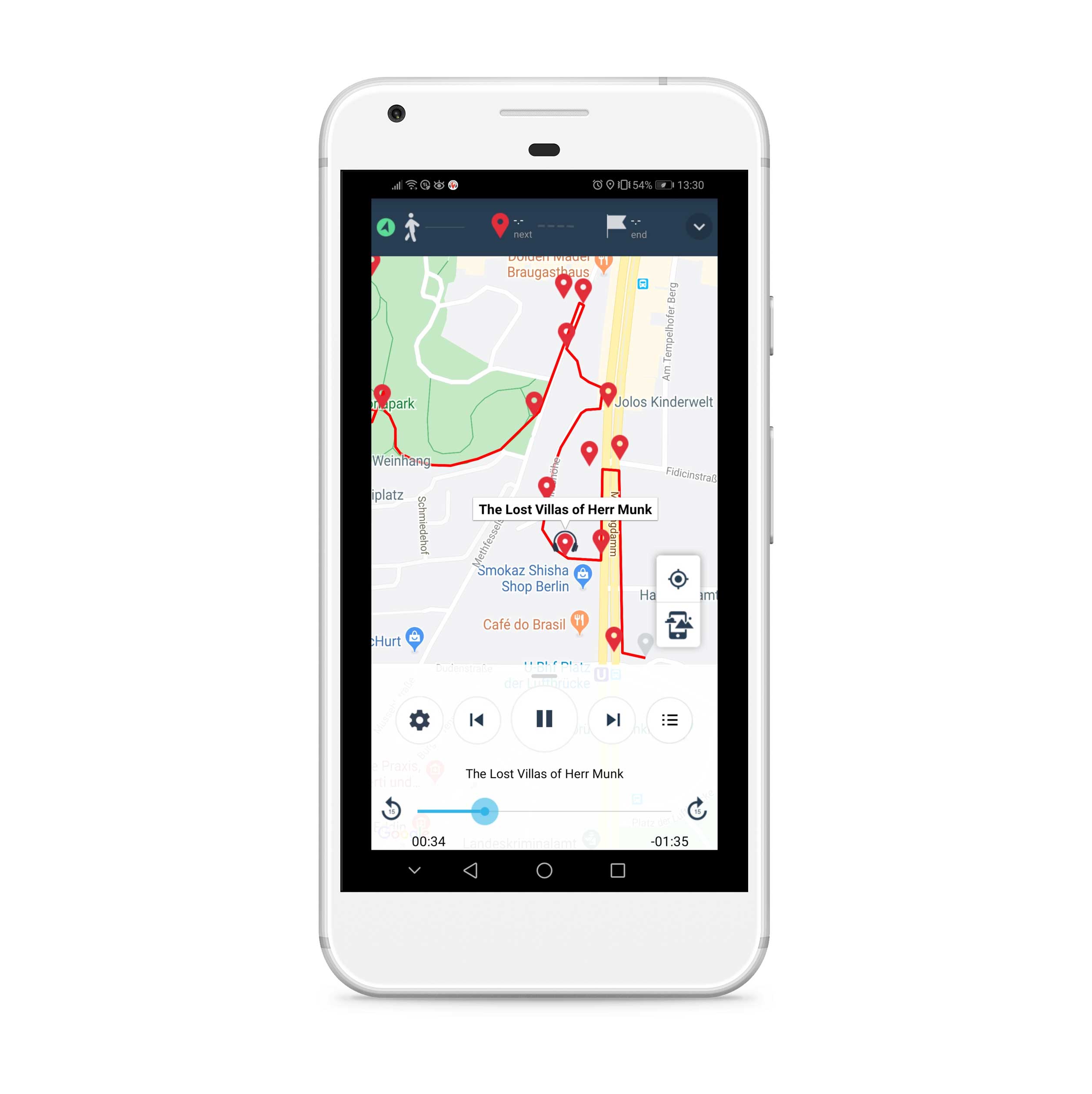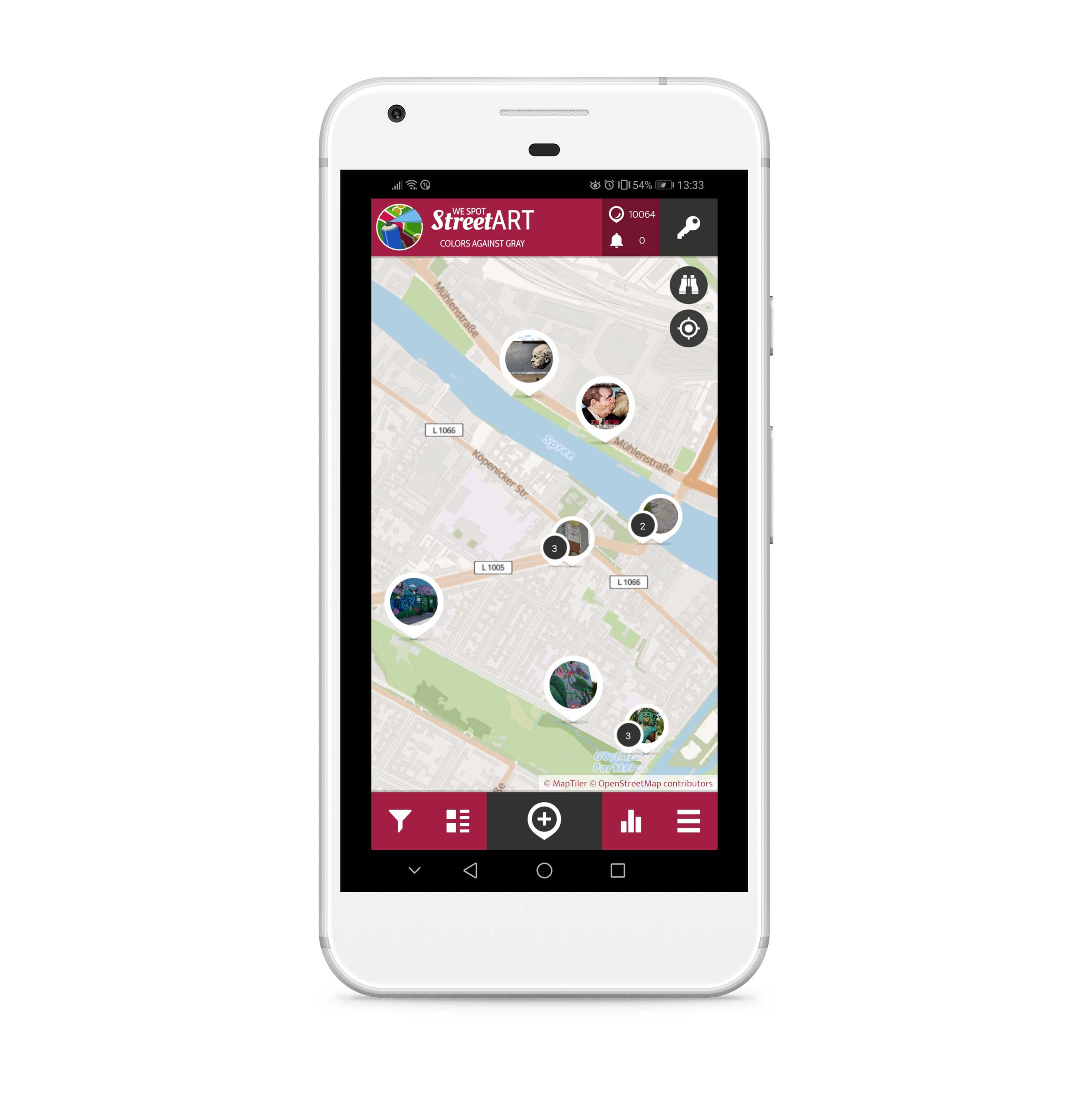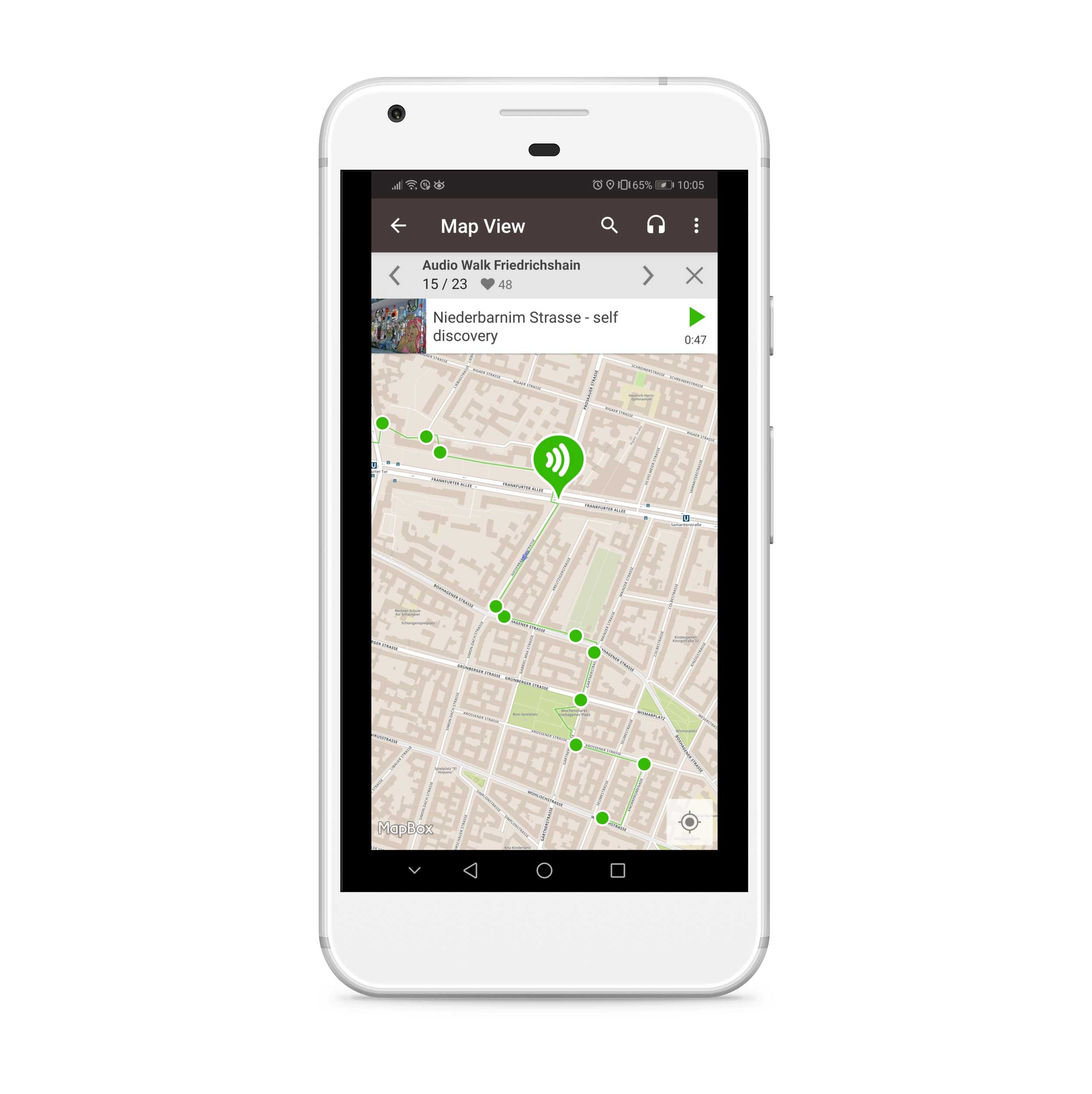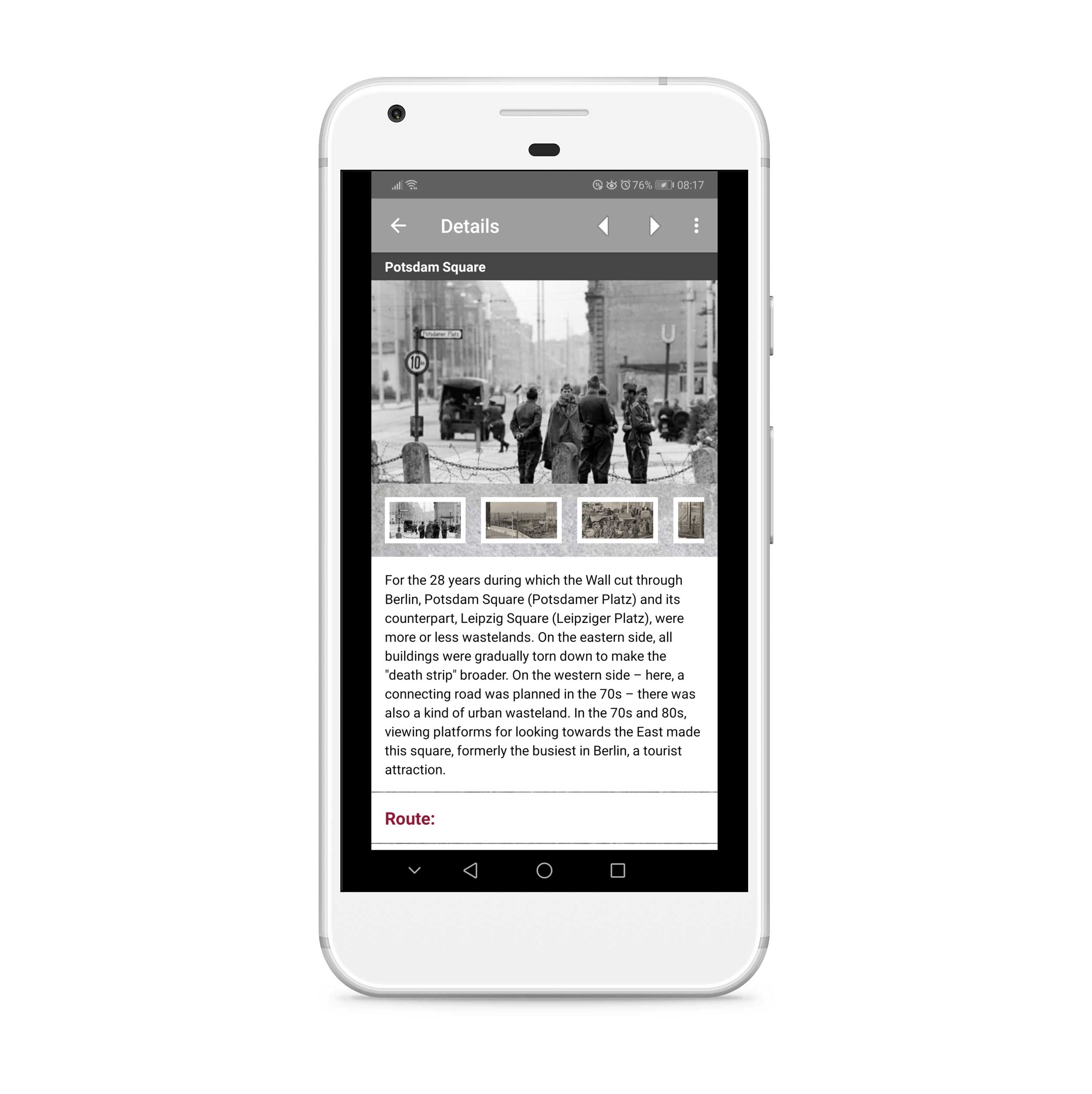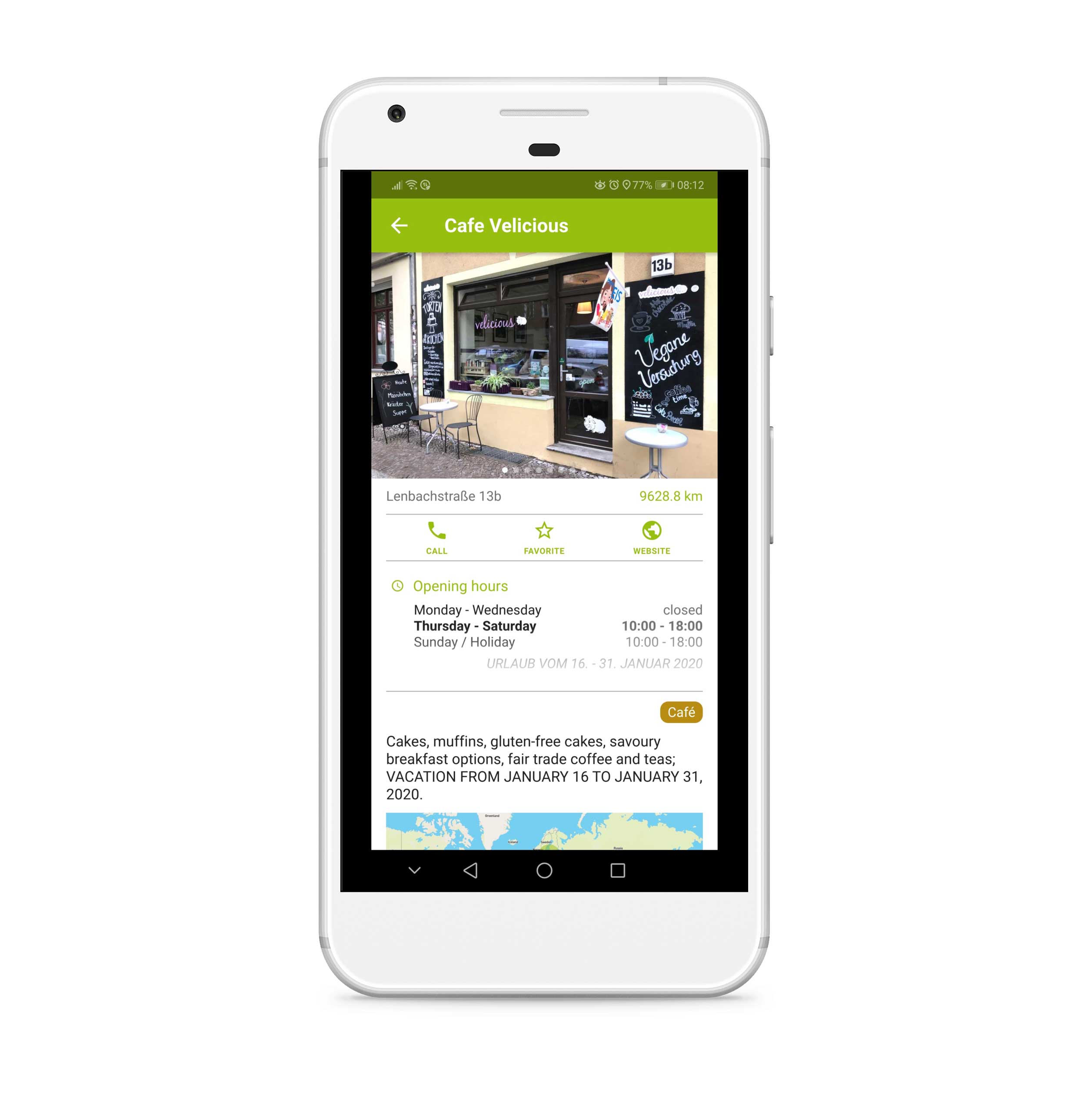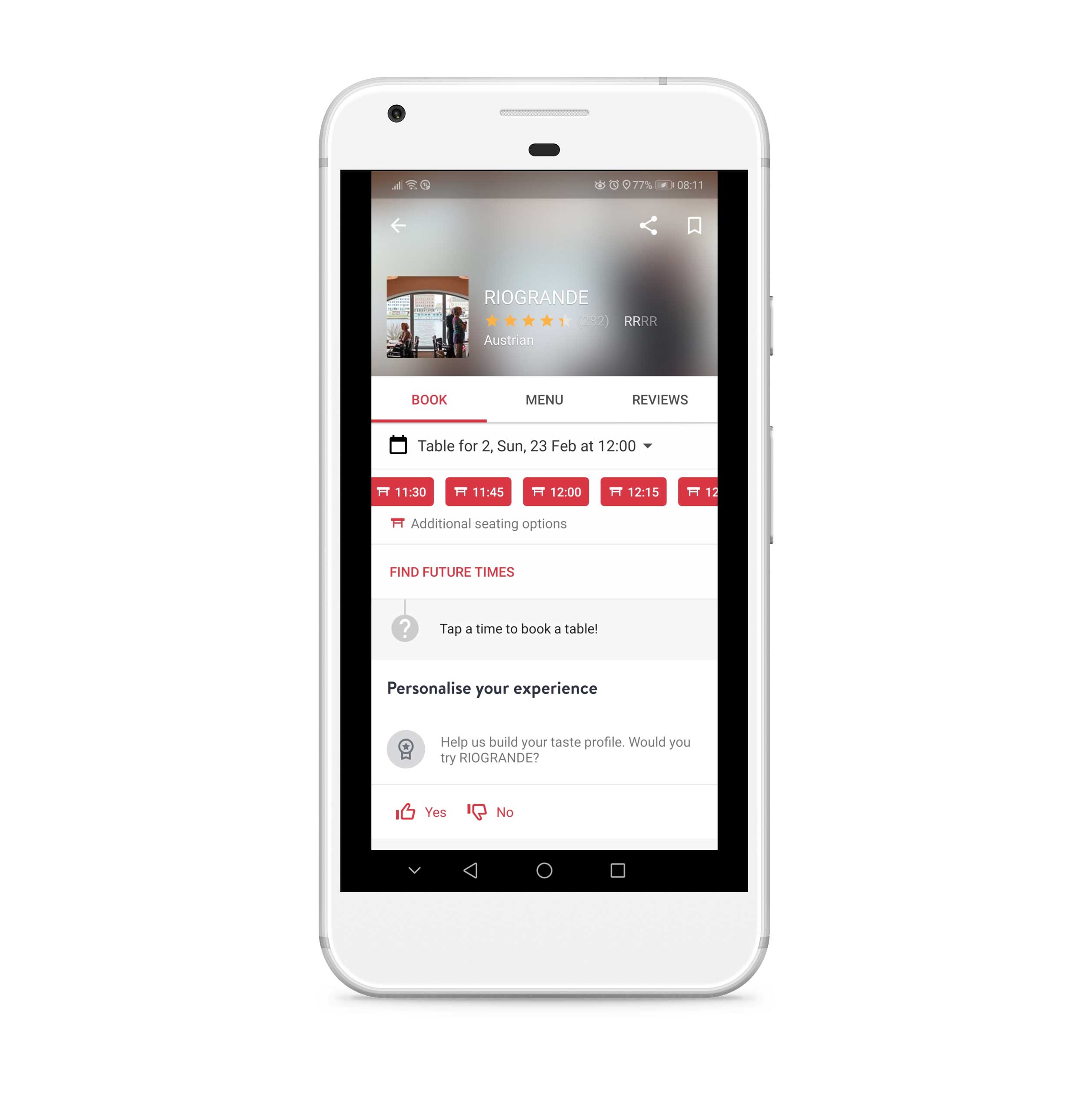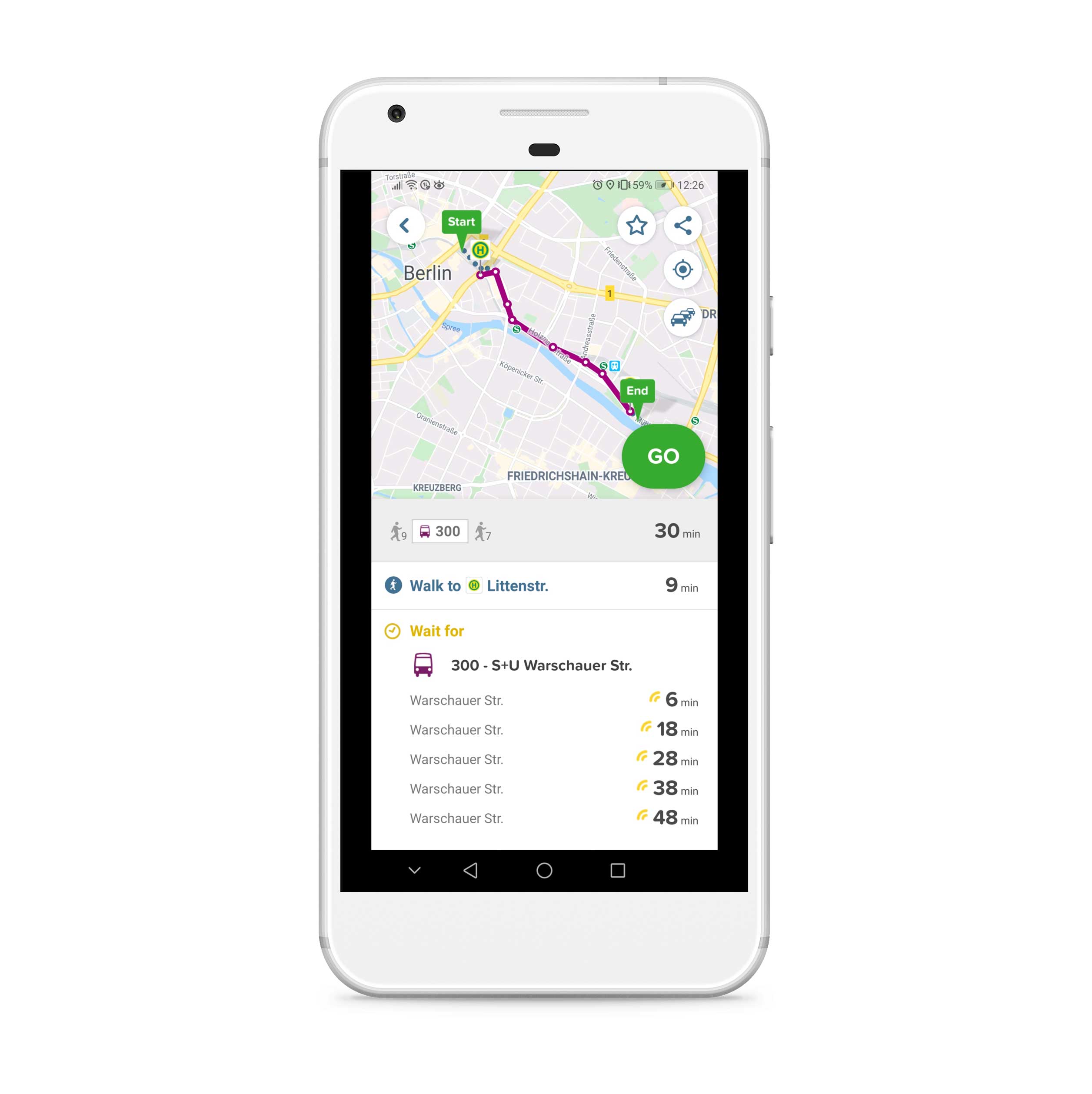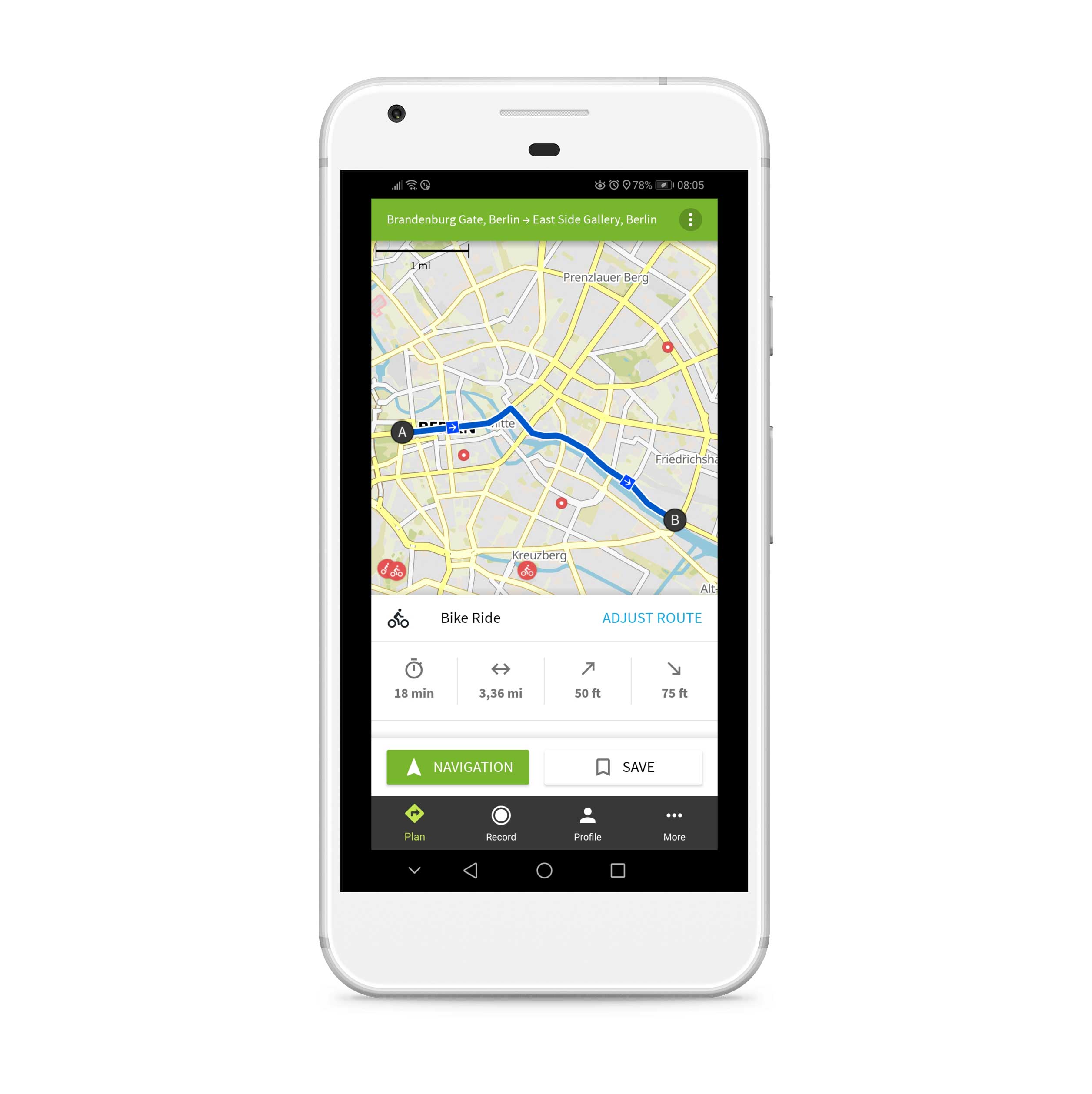You might know Berlin as the birthplace of European street art. Or perhaps you’re more familiar with it being described as the startup capital of Europe. But the two actually go hand-in-hand because of something you wouldn’t normally call an asset: empty space.
At the end of the Cold War in 1989, when the Berlin Wall fell and the two sides of the city were reunified at the same time as East and West Germany, the capital had a lot of vacant buildings. (It still does.) Rents were low, especially in the east, and artists, musicians and immigrants moved in, establishing new cultural hubs.
Then, in 1990, the East Side Gallery was established, opening up over a kilometre of the Berlin Wall to street artists. It was still mostly blank on one side because to reach it from East Berlin you had to cross the so-called “death strip”, which was patrolled by dogs and booby-trapped with over 55,000 landmines.
Startups like low rent too, of course, but they also make it easier for Berliners to take risks and fail – or to live on a low, startup salary. This has encouraged a generation of entrepreneurs and today a new company is founded in the capital every 20 minutes.
What does all of this have to do with travel apps? In a city where local startup Soundcloud has office space next door to Twitter on a campus that “straddles” the Berlin Wall, you’d expect technology to offer something better than a guide book. And it does. There are apps that help you find vegan restaurants and street art by Banksy. You can listen to daring escape stories using a dedicated Berlin Wall app, take an audio tour with us, using VoiceMap, or find a more adventurous way to get from A to B using Komoot.
You’ll find all of these and more in the list below, with short reviews, whittled down to the eleven travel apps we thought you’d find useful while visiting Berlin. They’re divided into three categories: sightseeing and tour apps, restaurant apps, and apps that help you get around.
Sightseeing and tour apps
Going Local Berlin
You know you’re in good if predictable hands when you use an app by the city’s official tourism office. Going Local Berlin has over 700 listings so you can explore like a local – or at least like less of a tourist. Travelling with kids? Take a look at their tips. Not into tourist traps? They recommend exploring the often overlooked German Spy Museum.
You can navigate the listings by interests, boroughs or tours. (The latter includes a number of discounted tickets for sightseeing tours.) You can also see the listings on a map, and save your favourite articles to your profile. The app is available for free in German and English and works offline.
VoiceMap
If you’d like to explore at your own pace, take one of VoiceMap’s Berlin audio tours. There are ten of them at the time of writing, and like all of the platform’s tours – in over 150 cities worldwide – they were published by a mix of journalists, novelists, academics, filmmakers, tour guides and passionate locals.
You could join author Beata Gontarczyk-Krampe on a whirlwind tour of Kreuzberg’s outsized history or take in some of Berlins’s most important landmarks, on both sides of the wall, with local tour guide Jo Eckart. You could go on an enlightening walk through one of the city’s most underrated neighbourhoods with writer and translator Marcel Krueger, or discover how the Dönerkebab was invented on a trip to Little Istanbul. There’s also a photography tour, a tour centred on the iconic Alexanderplatz, and three tours by the celebrated travel writer Rory MacLean, guiding you through Kurfürstendamm – the capital’s grandest boulevard – Museum Island or the heart of the city.
Audio tour platforms normally allow anybody to publish a tour, without quality control, but VoiceMap insists that all of its publishers work with an editor. And it’s the editors job to make sure that the tours use automatic GPS playback well, with clear, turn-by-turn directions, and no overly long stops at locations, or long silences between them. If you can put your phone in your pocket and focus on sightseeing, instead of constantly checking the offline map on your screen, VoiceMap’s editors have done their job well. You can also stop and resume the tours whenever you like.
berlinHistory
iOS | Android | Website
The Storyteller Favourite

When we asked author Beata Gontarczyk-Krampe’s to suggest apps that help you explore Berlin, she put berlinHistory second on her list – after VoiceMap, which she has used to publish two audio tours.
The berlinHistory app calls itself a “digital museum” and it allows you to view a map of the city as it is today with overlays from eight other eras, starting with the Straube Plan of 1896. You can also display pins from specific epochs, like “before 1933”, “National Socialism” and “Future Plans”. Tapping on the pins opens up images and text, and you’ll find photos of the same location in different periods, along with basic facts and personal anecdotes.
The app was developed in partnership with Berlin’s cultural and historical institutions and also features three audio tours in English.
ArtSpots
European street art first emerged in West Berlin’s American Sector, where a mix of draft resisters, anarchist punks, and Turkish immigrants took their cue from New York’s graffiti scene. Cartoon profiles by the French artist Thierry Noir are said to have been the first things painted on the wall there.
In East Berlin, behind the Iron Curtain, the wall was left blank until 1990, when artists from around the world were invited to turn it into a canvas that became known as the East Side Gallery. You can still visit this large, open-air artspace today, but it’s over a kilometre long, and you’ll need a guide.
The Street Art app isn’t limited to Berlin, but it’ll help you find specific artworks along the East Side Gallery, as well as elsewhere in the city. In addition to those foundational Thierry Noir cartoons, see if you can track down Victor Ash’s Astronaut Cosmonaut and Banksy’s Flower Bomber. The app’s interface feels a little clumsy, but you can zoom into your location on the map easily enough, and then look around at the work nearby. The app also features a helpful street art glossary.
Guidemate
Guidemate’s interface can take a while to get used to, but once you get the hang of it, you’ll have 200 audio guides in 15 countries at your fingertips. The Berlin-based company has a number of tours in its home city, but only three of them are in English. The tours aren’t edited by Guidemate, but you can preview the first few tracks before you buy them.
The Berlin Wall
This app allows you to tour the length of the wall, or sections of it, and discover site-specific, sometimes personal histories along the way. There’s an interactive map that shows the wall’s exact location across the length of the city, and information about specific sites are displayed using a mix of text, images, audio and video. You can also get directions to those sites, and apply a filter to only show escape stories, exhibitions, border crossings, historical sites or memorial sites. If you’d like to use the app offline, you can download all of its media files in advance, using WiFi, and then access it without paying for data when you visit the wall.
Restaurant apps
Berlin-Vegan
German cuisine’s schnitzels and Bratwurst sausages used to make it Europe’s biggest consumer of pork. But per-capita consumption is falling fast – in fact, it dropped by almost 10% in 2016 – and with rising concerns about the effects of meat-eating on the environment and personal health, Germans are including more vegan and vegetarian options in their diet. Plant-based food options have increased by over 600% in Germany in the last five years, and according to Happy Cow – a crowdsourced list for vegan and vegetarian restaurants, recipes and tips – Berlin was the third most vegan-friendly city in the world in 2019.
Even so, finding a vegan-friendly restaurant is no easy task. That’s why the Berlin-Vegan app is so useful. It lists over 500 different Berlin snack bars, cafes and restaurants that are vegan, vegetarian or omnivore friendly. It also lists roughly 100 different shops that offer vegan cosmetics, clothing, and groceries.
You can filter the listings by type, or by whether they’re dog-friendly, wheelchair accessible, have organic produce, and offer gluten-free items. The app shows you how far away you are from each venue. There are also reviews, but the majority of these are in German.
OpenTable and Quandoo
In 2019, OpenTable partnered with Quandoo, a restaurant reservations app that was founded in Berlin. The two companies are going to combine their restaurants and diners can book through either platform. At the moment, OpenTable has almost a thousand restaurants in Berlin, while the local Quandoo has over 2,000.
Both apps are useful because they allow you to book a table at a restaurant that matches your dietary requirements without language becoming a barrier. You can filter by cuisine, search for an open table on a specific date, up to a year in advance, and make a booking. The apps also provide useful information like an online menu, parking options, and the restaurant’s dress code.
Sonntags
In Germany, shops generally close on Sundays. The exceptions aren’t easy to find, unless you have the free Sonntags app, courtesy Berlin-based developer Alexander Freas.
Sontaggs is simple to use and includes a filter so you can quickly see which supermarkets, drugstores, bike shops, bakeries, florists, vets and more are open on Sundays.
Apps that help you get around
CityMapper
The CityMapper app brings all of Berlin’s public transport systems together, helping you choose between the U-Bahn and S-Bahn, or the bus, ferry and tram. It’ll help you find an electric scooter from local startup Emmy, or a bicycle you can use for half an hour for free if you have a Deezer account, and then leave anywhere inside the city’s so-called “flex zones”. The app will also suggest you simply walk sometimes when that makes sense.
Komoot
If you’re looking for an easy way to get off the beaten track, you could navigate Berlin using the Komoot app. It helps you plan sport-specific routes that suit road biking or mountain biking, hiking, or trail running. You can also find routes shared by its community, like this ride to get ice-cream from Komoot’s Berlin-based cofounder.
The app is easy to use and it’ll show you how long routes take, in addition to the distance, along with how much climbing you’ll do along the way. It also gives turn-by-turn audio directions so you can focus on the road.
Komoot is free to download and you can explore your first region for free. After that, you’ll need to pay to unlock additional areas.



